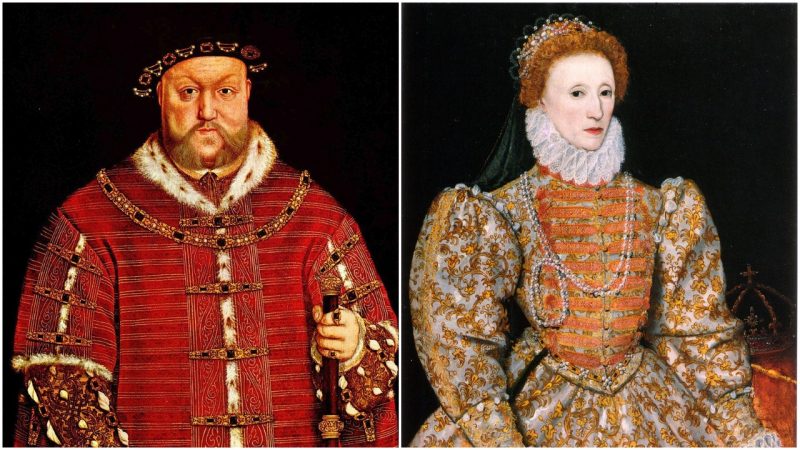Gloriana, the Virgin Queen, Good Queen Bess: we’ve all heard of England’s illustrious Queen Elizabeth I. Many of us have admired the portraits of her adorned with rich and sumptuous clothing. Given her fame and success in her role as monarch, it would be easy to assume that she always knew what her fate would be. But this was far from the case. Queen Elizabeth I endured a precarious and difficult childhood. And it was by no means certain that she would ever be Queen. In fact, at many points, it seemed rather unlikely.
Elizabeth came into the world on September 7, 1533 at Greenwich Palace. Her birth was greeted with disappointment by the most powerful man in the land, her father, King Henry VIII. He desperately wanted a male heir, and some believe he cooled toward his second wife, Anne Boleyn, when she gave birth to a daughter.
It was normal for royal children to have households of their own, and the baby Elizabeth’s was established at Hatfield House in Hertfordshire. While Anne Boleyn was still alive, the child was well-provided for and had all the luxuries appropriate for a princess. Everything changed after Anne was accused of adultery and treason beheaded on May 19, 1536. Elizabeth was not yet three years old when she lost her mother in this terrifying way.
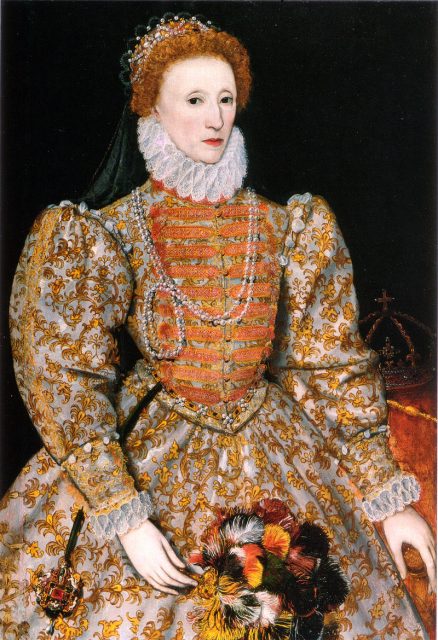
Henry VIII married Jane Seymour a mere week after Anne’s death. In less than two years, she would give birth to Edward, Henry’s long-awaited male heir. Elizabeth had already been declared a bastard when her parents’ marriage was annulled shortly before Anne Boleyn’s death. Her title as princess was ruthlessly stripped away from her, and she was now called only the Lady Elizabeth. Henry cared for nothing but his new son, and everyone seemed to forget that there was a Tudor child living at Hatfield.
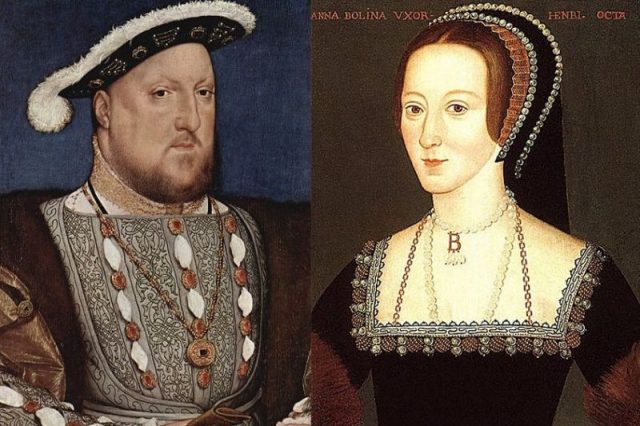
The money paid to Elizabeth’s household to cover its expenses became woefully inadequate. Eventually, the little Elizabeth began to outgrow her clothes. Elizabeth’s governess, Lady Bryan, wrote to one of Henry’s officials begging for funds and explaining that the little girl had “neither gown, nor kirtle, nor petticoat.”
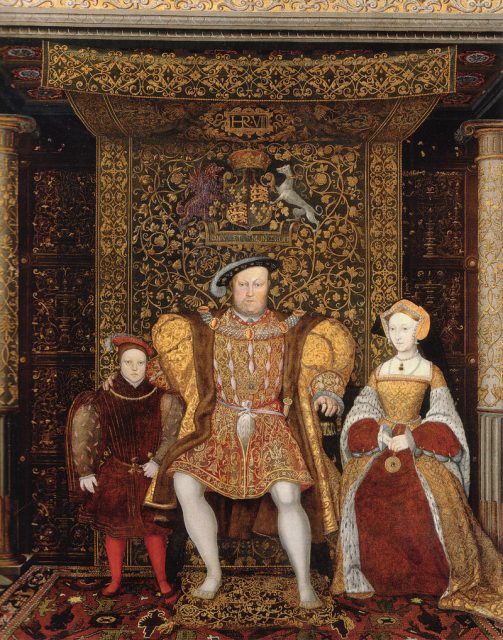
Jane Seymour died 12 days after giving birth. After Jane, Henry married twice more before finally finding Catherine Parr, his sixth wife, in 1543. Catherine took the ten-year-old Elizabeth under her wing. She improved her program of education and engaged Roger Ascham, a famous Cambridge scholar, to teach her public speaking.
King Henry VIII died in 1547, when Elizabeth was 13. Prince Edward, at this point a nine-year-old boy, ascended to the throne. Elizabeth would soon go to live with Katherine Parr and her new husband, Thomas Seymour. Thomas Seymour is believed to have tried to seduce her, and Elizabeth was sent away by her stepmother. After Catherine died in childbirth, Seymour was accused of plotting to kidnap Edward VI and marry Elizabeth, thus seizing the throne for himself. Elizabeth was dangerously caught up in this, with authorities believing that she conspired with Seymour. Luckily, no one could prove she was guilty.
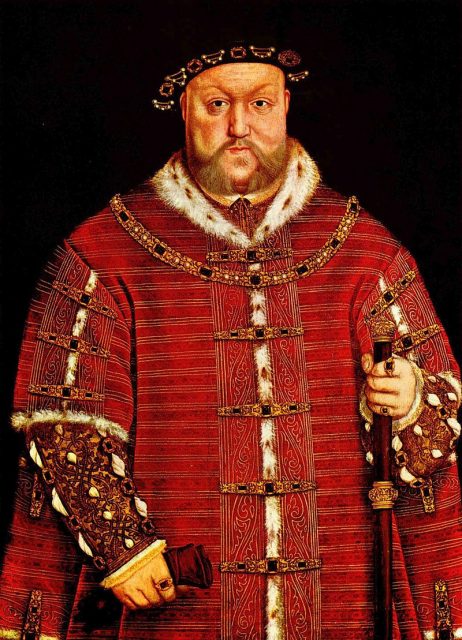
Mary, Elizabeth’s Catholic older half-sister, became Queen after Edward died in 1553. She accused Elizabeth of plotting with fellow Protestants to overthrow her. Elizabeth was subsequently sent to the dreaded Tower of London. After that, she was kept under house arrest in Woodstock, Oxfordshire. Mary died in 1558, and Elizabeth, now 25 years old, finally reached the throne.
After the neglect that she experienced as a child and dangerous situations she faced as an adolescent, it’s little wonder Elizabeth would once declare, “I am indeed endowed with such qualities that if I were turned out of the realm in my petticoat I were able to live in any place in Christendom.”
